New Delhi,18 August 2020: Digital divide is a big issue in our country and this gap became starkly visible in the aftermath of Covid induced lockdowns. However, few developments in the recent past indicate that there has been a sudden spurt in initiatives around digital access. On the occasion of the Independence Day, Prime Minister Narendra Modi announced that every village of the country will be connected with broadband connection within 1,000 days. In another development, The US Agency for International Development (USAID) collaborated with Reliance Foundation to bridge the gender digital divide in India.
Today, connectivity is more important than ever. Internet access has become a gateway to critical information, services and opportunities available to many people for the first time. The pandemic and the subsequent lockdowns have also underlined the importance of access to phone and internet. A number of stories came out from the different parts of the country highlighting the plight of girls who were the worst affected due to this digital divide. In the new online education system, they do not have the access to phones or computers and thus are not able to continue their studies. This tells how digital have-nots are struggling these days and women are prominent in these have-not groups.
The Mobile Gender gap report 2020 which came in March says that only just 63 per cent women own a mobile phone as compared to 79 per cent men in the country. However, when it comes to mobile internet users, the gap becomes wider which is 50 per cent. Over 42 per cent male and 21 per cent female have access to the mobile internet, as per the report of GSMA, an association of industry organisation which represents the interests of mobile network operators worldwide.
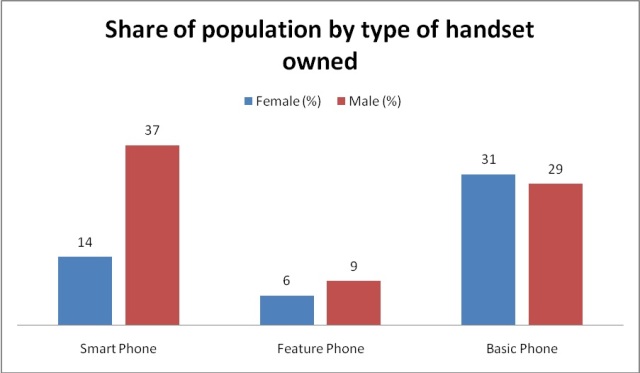
Source: Mobile Gender gap report 2020
The gender digital divide gap is visible at every front. The Mobile Gender Gap report says that acquiring, using and learning about digital services is not necessarily a linear process. Typically, the gender gap widens along each stage of the user journey; it is smallest for mobile ownership and increases for mobile internet adoption and regular use. It is visible in the above -mentioned graph.
With the launch of a few cheaper mobile devices in the past few years, the gap between males and females owning mobile phones has reduced. However, when it comes to smartphone ownership- the gap has remained at around 60 per cent in India since 2017, says the report. The mobile internet gap has narrowed from 68 per cent to 50 per cent over this time, suggesting that women’s increased mobile internet use in these markets is being driven by smart feature phones.
India, the country which dreams to become a global power, performs poorly compared to many countries in Asia as well. It can be seen in this graph.
India in comparison to its neighbours in mobile ownership and internet usage
MOBILE OWNERS (%) MOBILE INTERNET USERS (%)
(% represents gender gap) (Green represents male and pink represents female)
Low-and-middle-income-countries shows similar trend
This is not just India’s story. Almost all low-and-middle-income-countries (LMIC) are facing more or less similar situations. The above mentioned report highlights that across LMICs, women are still eight per cent less likely than men to own a mobile phone, and 20 per cent less likely to use the internet on a mobile phone. This means that in these markets 300 million fewer women than men use mobile internet. A key barrier is smartphone ownership, which is also 20 per cent lower for women than for men.
Across LMICs, 82 per cent of women now own a mobile phone. Despite a perception that mobile ownership is near universal, over 390 million women in LMICs remain unconnected, which translates to a gender gap of eight per cent.
Growth in mobile ownership among women has slowed considerably, remaining nearly constant since 2017. As detailed in The Mobile Gender Gap Report 2019, the unconnected are disproportionately less educated, rural and female.
Barriers: Not just access but social attitude as well
Across the surveyed countries, the main barriers to mobile ownership were fairly consistent between men and women. As in 2018, handset affordability was the primary barrier to mobile ownership, followed by literacy and digital skills. However, in many markets, among those who are disconnected, a smaller proportion reported that they did not know how to use a mobile phone, while a larger proportion reported that literacy was a key barrier, particularly men in Asian markets.
About India, another report named Bridging ‘The Gender Digital Divide’, published by the Organisation for Economic Co-operation and Development (OECD) in 2018, says that socio-cultural reasons play an important role in explaining the digital gender divide. In India along with Egypt, around one-fifth of women were found to believe that the Internet was not appropriate for them, for a number of cultural reasons.
In India, around 12 per cent of women report not to use the Internet because of the negative social perception associated with its use, and 8 per cent due to the lack of acceptance by family members. In the case of women, in fact, family support emerges as a key enabler when it comes to using the Internet. Active female Internet users are three times more likely to have families who are "very supportive" of their Internet use, whereas female non-users are six times more likely to be exposed to family opposition.







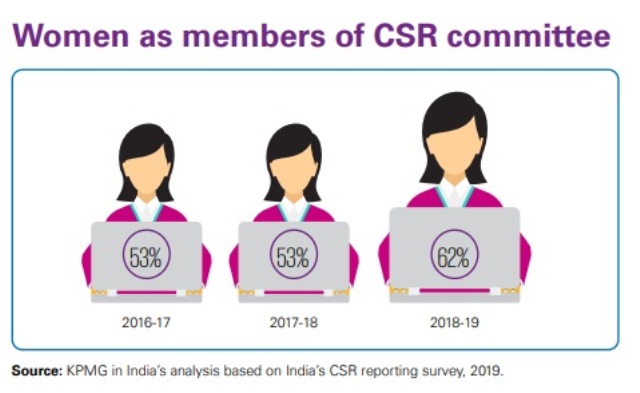
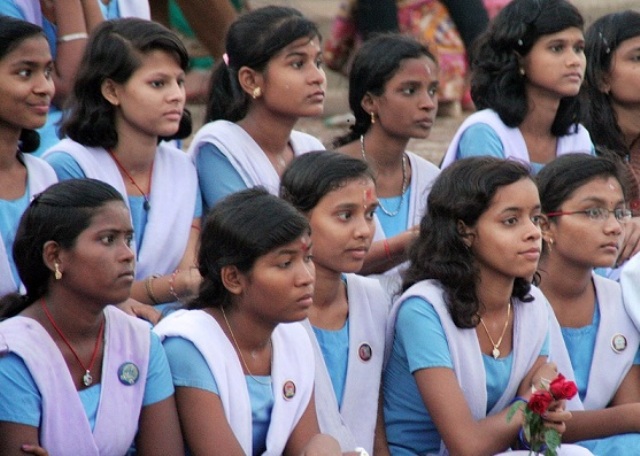
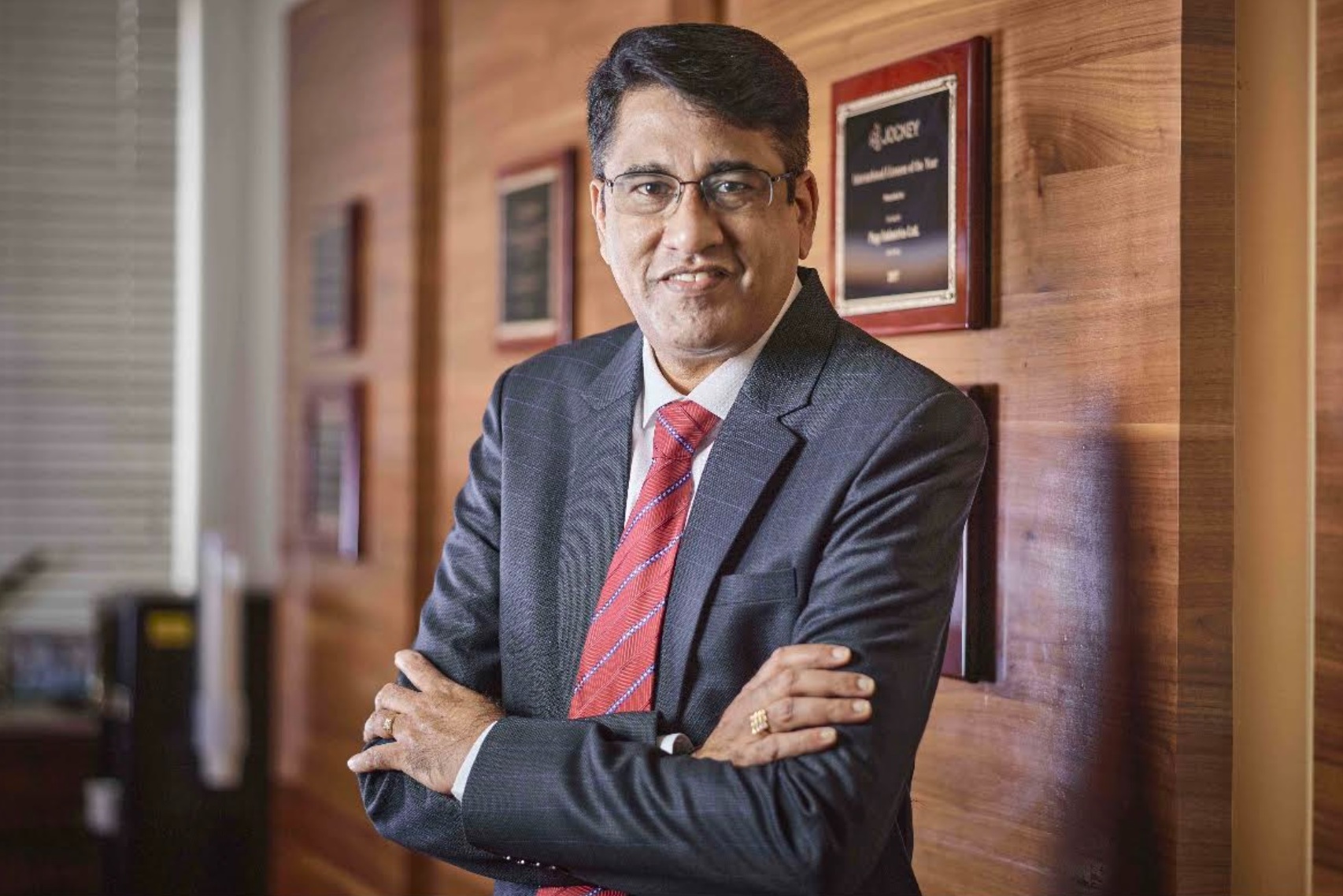
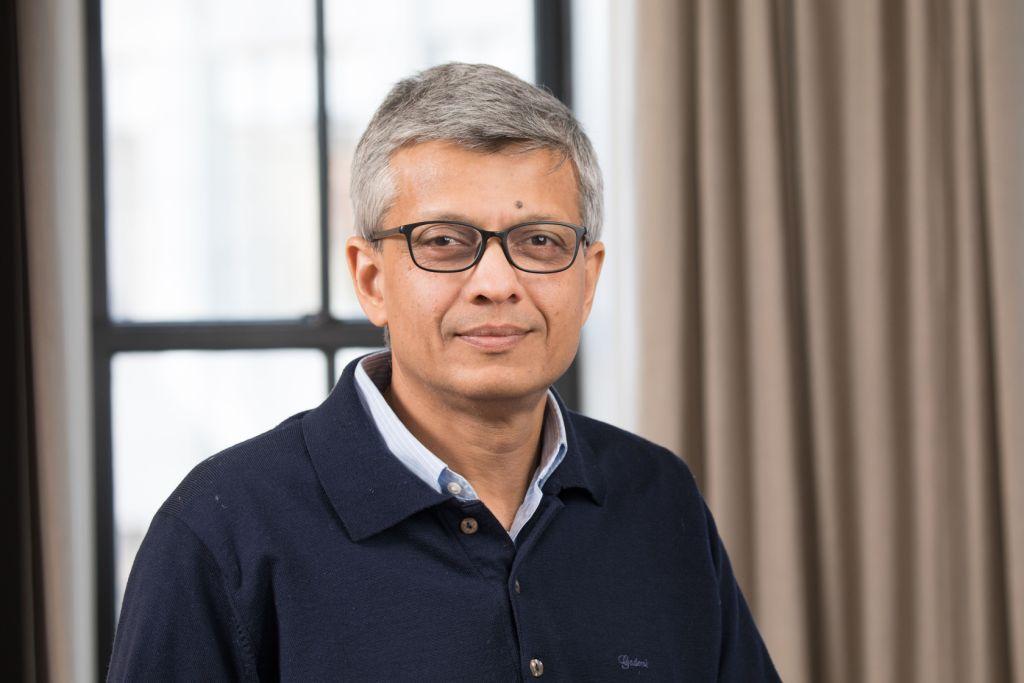
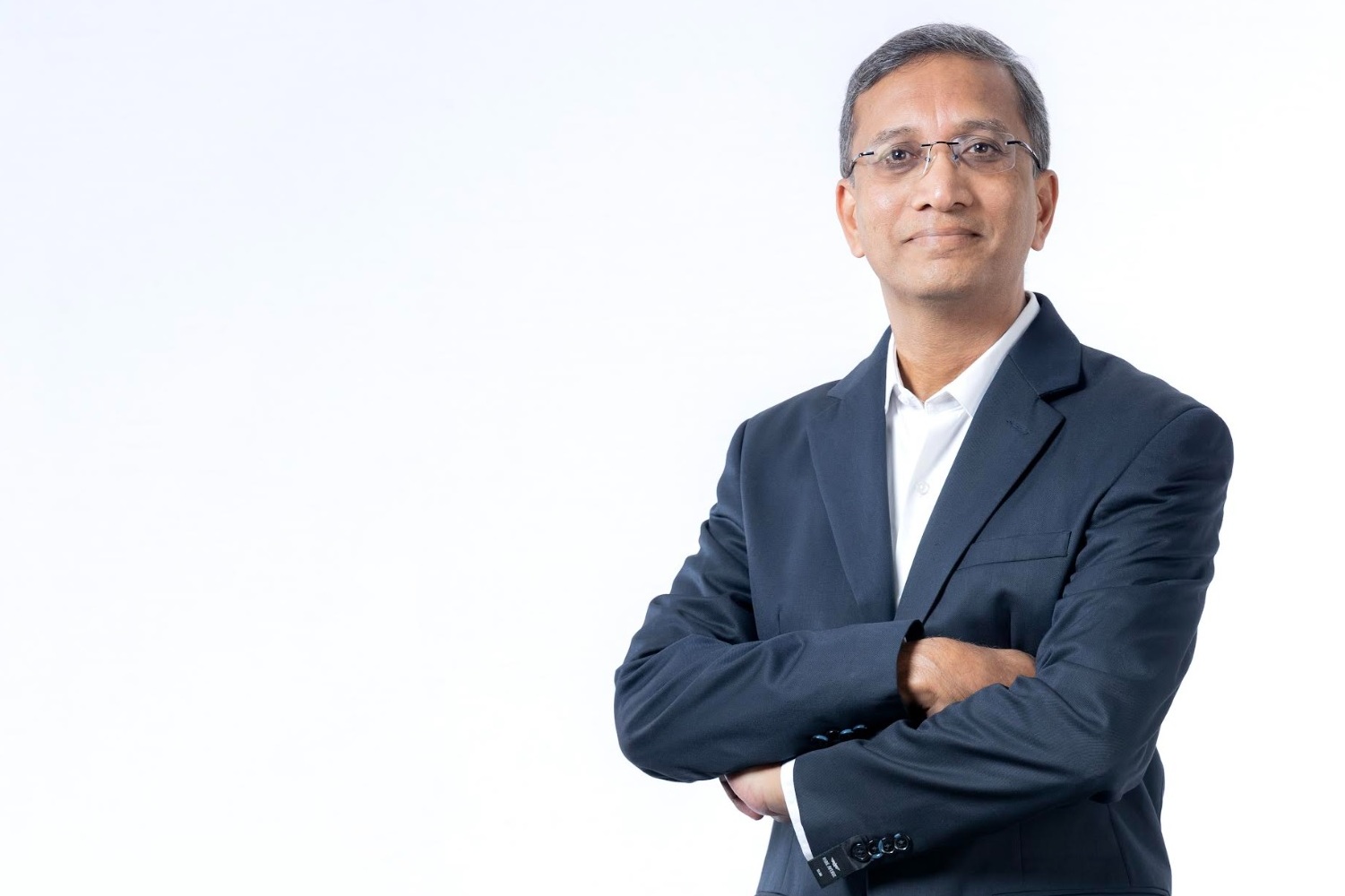
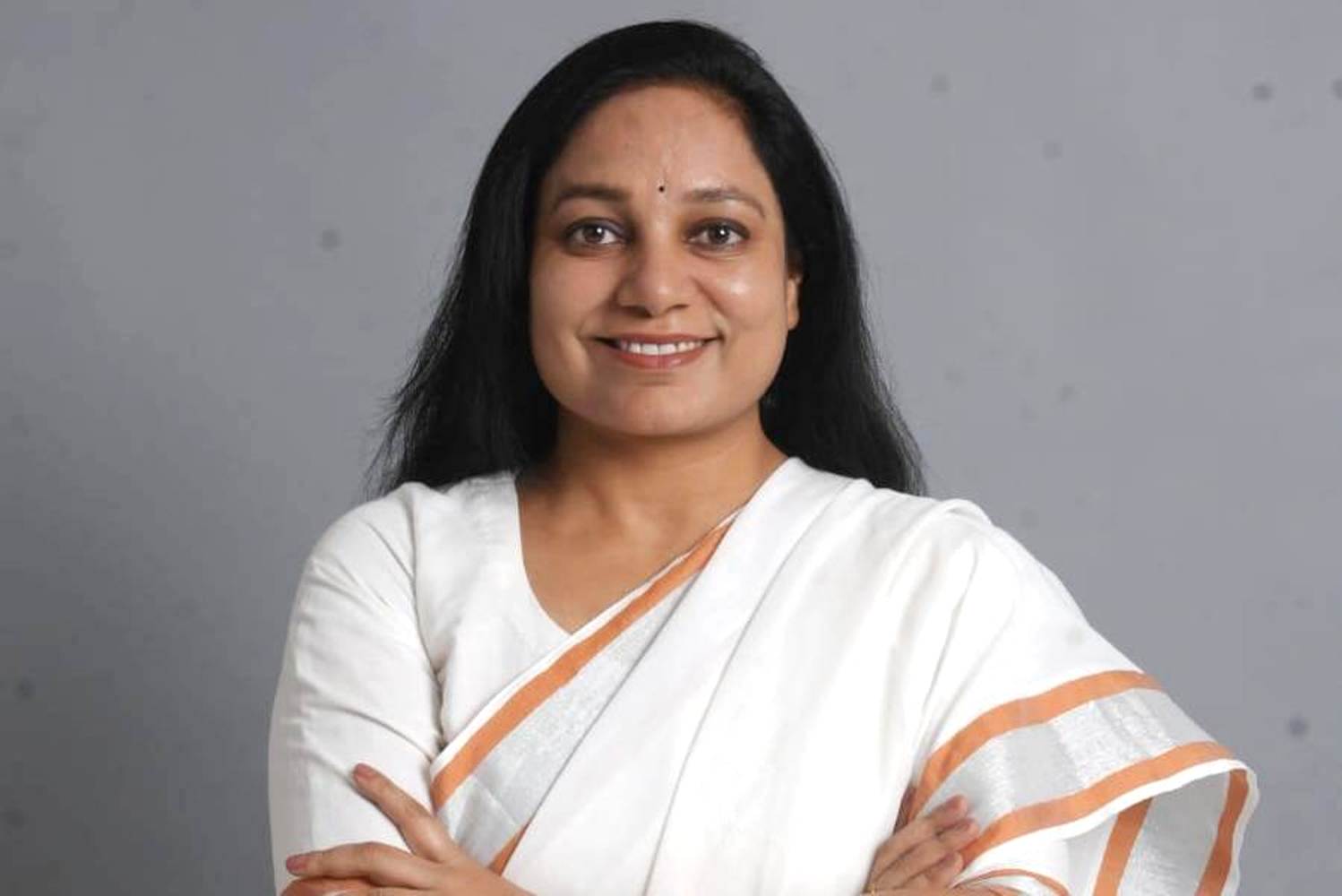

.jpg)




